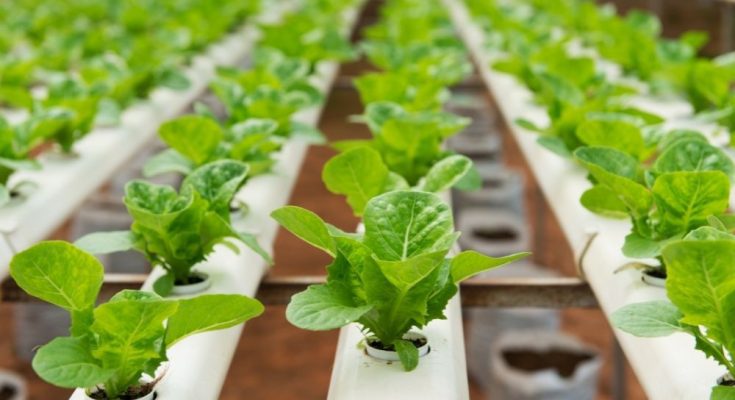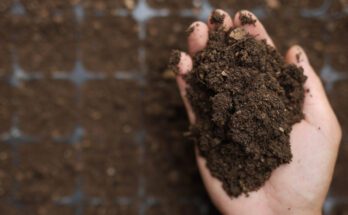Hydroponics is a method of growing plants without soil. To get nutrients, they grow instead in water mixed with a nutrient solution. The word itself breaks down into two parts: “hydro,” meaning “water,” and “ponos,” meaning “labor.” Hydroponics is a way for horticulturists to “work with water.” Here are other things you didn’t know about hydroponics.
Less Water Waste
Even though growers need to start with more water, they end up wasting less in the long run. When you’re watering plants grown in soil, much of the water absorbs into the ground. Soil is “alive” compared to dirt because it is rich in microbes and other living organisms. These all need water too! The only loss that occurs with hydroponics is through evaporation; the rest returns to the plants through recirculation.
Grow Plants Faster
Because you have precise control of environmental conditions, hydroponically grown plants grow up to 30 percent faster than soil-grown ones. Plants need different nutrients, depending on their growing stage, and giving them these essentials through the water gives them what they need instantaneously. As such, plants can spend more time growing and less time waiting to absorb nutrients from the soil.
Grown All Year Round
Due to the semi-artificial living conditions of hydroponics, you can actually grow plants year-round that you wouldn’t otherwise be able to. Access to water, stable temperatures, adequate nutrients, and consistent lighting is a game-changer that can extend the growing season. With this, you can have a variety of fresh vegetables throughout the entire year.
Many Different Kinds
Although it’s just one subset of horticulture, another thing you didn’t know about hydroponics is that there are around six main variations of it. Drip irrigation is the kind that uses the least amount of water. There are also ebb and flow, nutrient film technique, water culture, wick system, and aeroponics. Each has its pros and cons, depending on your goals, space, and initial investment.
Although hydroponics isn’t a new invention, its recent popularity in the modern world will continue to benefit people.
Additional Resources:
Ocean
Moon
Cells
Atoms



